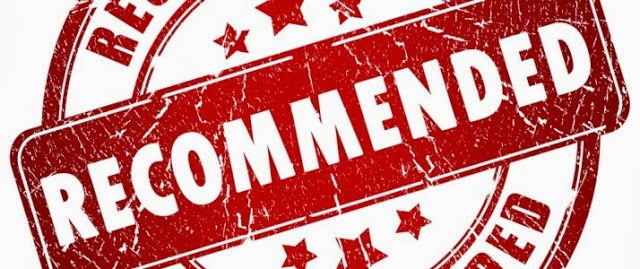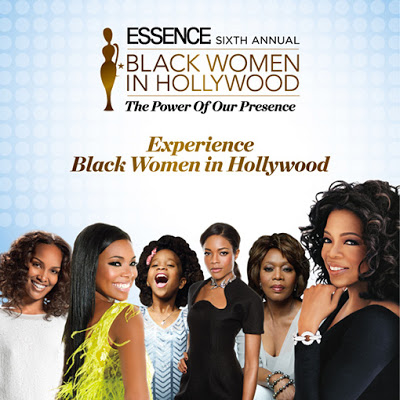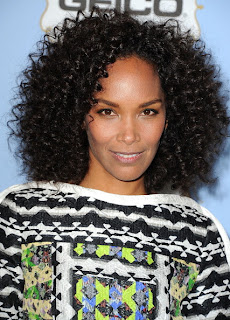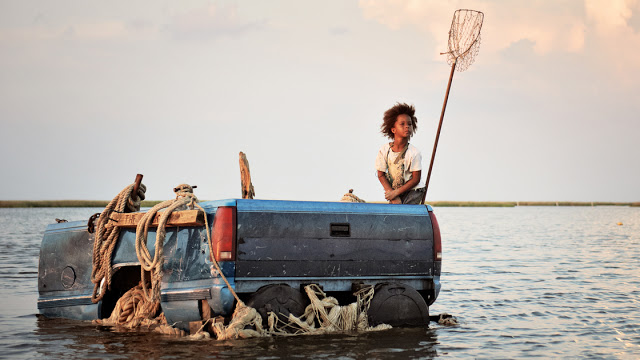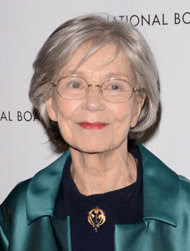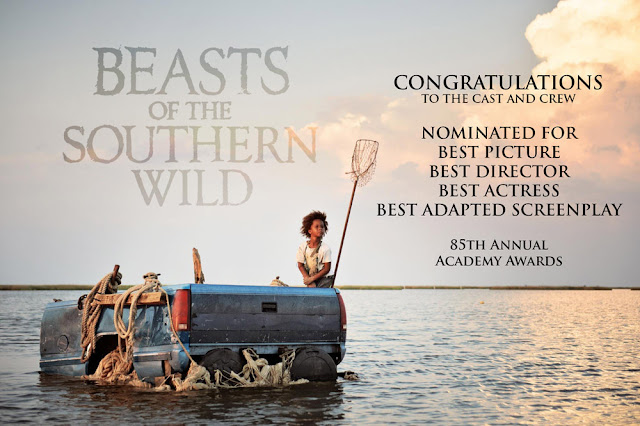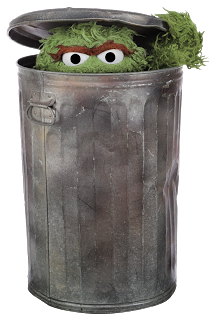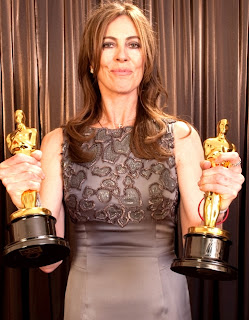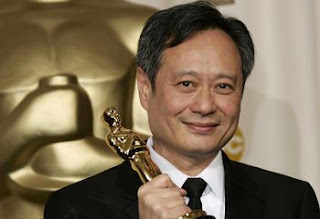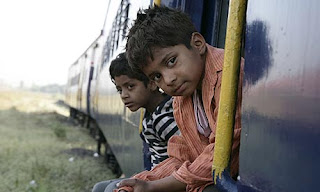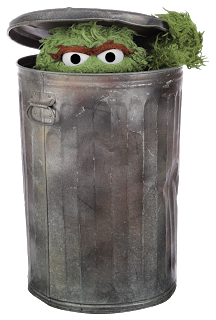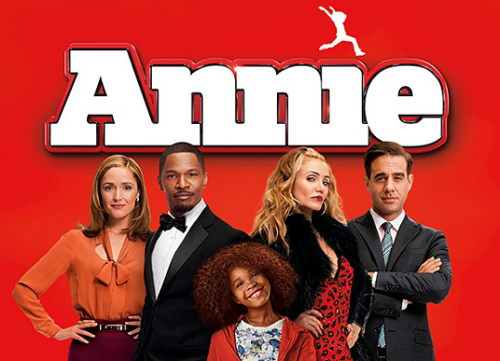
Written by Robin Hitchcock.
Some conversations I have had about the 2014 remake of Annie, starring Quvenzhané Wallis:
“Got any exciting plans this weekend?”
“Yes! I’m finally going to get to see the new Annie!”
“Why are you excited about that?”
“Well I probably watched the old movie upwards of 100 times when I was a kid.”
“I would think then you’d want to avoid this one? It’s probably just going to ruin your childhood memories.”
“Is it weird that I feel weird about the new Annie being Black?”
“Yes.”
“But it’s just that my image of the character is a little redheaded girl with freckles.”
“Well the original image of the character didn’t have pupils in her eyes, so, things change.”
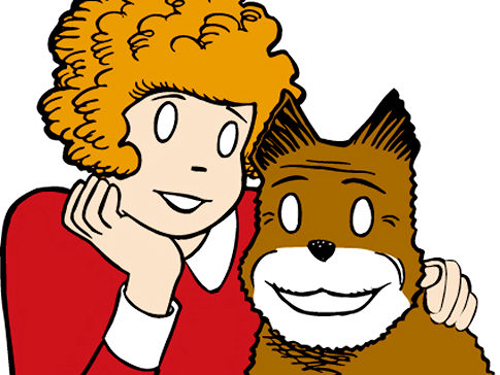
When an Annie remake was announced in 2011, produced by Will and Jada Pinkett-Smith with their daughter Willow attached to play the title character, the “Annie can’t be Black!” nonsense started up, and ebbed and flowed with every new development on the film. Oscar nominee Quvenzhané Wallis cast. “Annie can’t be Black!” Trailer released. “Annie can’t be Black!” Film opens and enjoys modest box office success. “ANNIE CAN’T BE BLACK!”
The remake brilliantly takes on this “controversy” by opening on a white curly-haired redheaded girl with freckles named Annie, who tapdances when she finishes giving her school report. The teacher then calls up “Annie B.” and out comes Quvenzhané Wallis with her charm cranked up to 11. She gets the classroom to participate in her report on FDR and the New Deal, and I can’t imagine anyone in the audience not being won over by the new Annie in this one scene, unless your racism is the Klan kind and not the internalized “but Annie NEEDS to be white” kind. (Which is still bad, and you should work on that.)

In fact, the new Annie being Black is a huge benefit to this film. First, it gives it a reason to exist. Family-friendly movies with Black protagonists are desperately lacking. Plus, an all-white crew of plucky foster kids (in this movie, Annie is very adamant she is a foster kid and not an orphan, because she believes her parents to be alive) in modern-day New York would be unbelievable. And it lets Quvenzhané Wallis star, and I defy you to name a more charming child actor working today.
And the matter of representation here is so important. Little Black girls deserve to see themselves on screen, to try to be like Annie the way I tried to be like Punky Brewster when I was a kid. They deserve to see this kind of Cinderella story, where the benefactor is a successful Black businessman (Jamie Foxx as cell phone-mogul and mayoral candidate Will Stacks, the less-creepily named equivalent to Daddy Warbucks). Black parents deserve to take their kids to movies that will show families like theirs. And people of all ages and all races need to see Black actors star in movies like this so the gross privileged reaction of “but the star isn’t white OH NOES!” goes away.
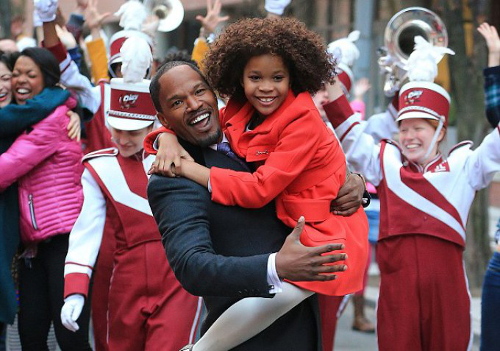
The movie itself? I liked it a lot! It has some issues: 1) Cameron Diaz can’t sing 2) everything sounds a little excessively auto-tuned (Jamie Foxx and Quvenzhané Wallis CAN sing, so that’s no excuse) 3) The new songs don’t blend in as well as they could have 4) The Obamas do not cameo in place of Annie meeting FDR 5) Rooster Hannigan doesn’t exist, and Traci Thoms as Lily St. Regis stand-in doesn’t get to sing “Easy Street,” so the best scene from the 1982 movie turns into one of the worst in the remake (Cameron Diaz really, really, REALLY can’t sing).
And here’s the thing: it could have been TERRIBLE and my childhood would be intact! It wouldn’t make the old movie cease to exist, wouldn’t change my memories of loving it as a child. Also my childhood was a lot more than one weird musical with a racist caricature named Punjab serving as the inexplicably mystical valet to a guy named, for realskies, Daddy Warbucks.
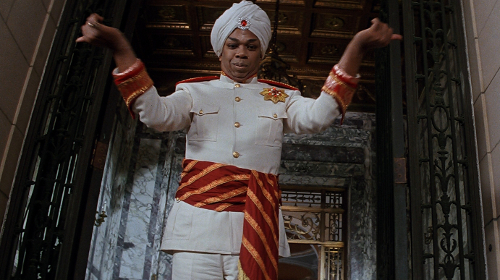
And embittered dudes out there, your childhoods were more than Ghostbusters as dudes. Lady Ghostbusters will NOT ruin your childhood unless the movie is actually about them time travelling to steal your lunch money and eat your homework (I would actually totally watch that movie).
Look. Every now and then they threaten to remake Casablanca. At one point there were rumors of a Bennifer (that’s the former power couple Ben Affleck and J.Lo for those with a short celeb culture memory) version. And yes, this gives me the “WHY!? NO! HANDS OFF!” reaction that I suppose people are having to new Annie and new Ghostbusters. So I’m trying to be sympathetic and give people the benefit of the doubt here, that they aren’t just being racist or sexist.
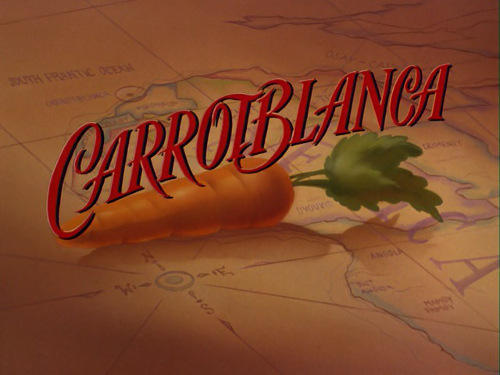
But keep this in mind, childhood-defenders who are particularly upset when their childhood faves stop being white or male: changing the demographic profile of the stars gives these remakes a reason to exist. Like, if they HAD remade Casablanca with Ben Affleck and Jennifer Lopez, but made it about modern-day immigration issues (people forget that Casablanca was NOT a period piece) it might have been really interesting! Making the Ghostbusters women gives them the ability to create relatively original characters instead of awkwardly attempting to replicate the old ones. And the world needs more women-led comedy films, like it needs more Black family films.
The world absolutely does not need more movies starring white people, especially white dudes. I say this as a white person. I’ve had my fill. Hollywood relies on remakes and reboots an incredible amount, and thank goodness they’ve taken to changing the race or gender of some of these characters or we’d be in a never-ending cycle of universal white dudeliness.

So fellow white people, please keep in mind: you will still exist if you are not absurdly over-represented on screen. White dudes: Remember how upset you were when they made Starbuck a girl? Remember how that was awesome? It’s going to be OK.
Robin Hitchcock is an American writer living in Cape Town. She is an actual orphan so you should trust her take on Annie.
